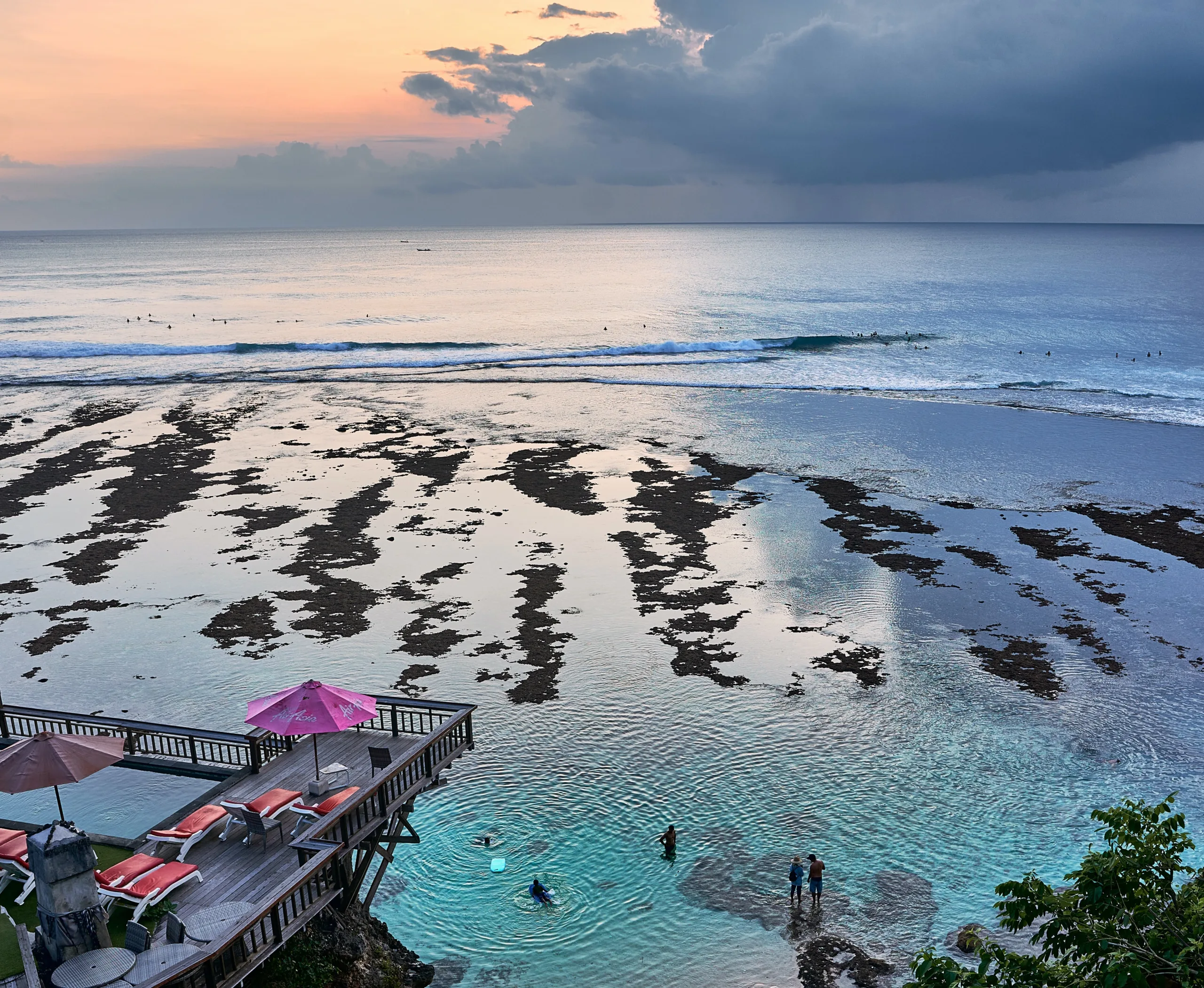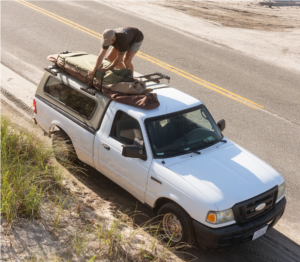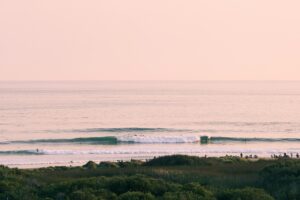Life as an intermediate is tricky. Like, really painfully frustratingly difficult sort of tricky– a strange crossroads where, like me, you’re addicted to surfing, but also faced with a plethora of new challenges and obstacles. From new maneuvers, and entering more complex line ups, to figuring out boards, not to mention learning new waves.
Worse still, progression slows at this stage, you’ve had the rapid beginner to intermediate progression, but now things have stagnated, and stopped, and for some of us, even feels like we’ve gone backward. But, it’s not all doom and gloom, being an intermediate is also one of the most exciting.
Transitioning into the advanced category of wave riders will open up new doors to new waves. Here are my top intermediate surf tips to help you overcome the dreaded progression plateau.
Table of Contents
The Correct Surfboard
Surfboards are make or break–for surfers of all abilities. Too big, you’ve got something that may limit your progression. Whereas something pencil thin and waterlogged and you’ll struggle to even catch a wave. For me, I always tell my students to go with more foam than less.
It’s surprising to what level you can surf a soft top (just look at Jamie O’Brien) with the correct technique, you can easily perform floaters, cutbacks, and re-entries on even the bulkiest of foamies. You don’t need to jump down onto a razor-thin, performance shortboard yet! Until you reach a point where your board is hindering how well you can perform turns, don’t jump down too quickly. (E.g you’re a fully-fledged advanced surfer).
Understand the Line Up
As you level up from average beach break to premier point breaks and reefs, you’re entering more complex surfing lineups. Lineups with hierarchies and localism are intimidating to navigate. I’d advise studying different line-ups before paddling out, making sure to identify locals, good surfers, and areas of the lineup where you’ll catch the most waves. Stay tuned for my full guide to the surfing lineup!

Read Waves
It’s also important to spend lots of time looking at waves (like I have to tell you this, it’s fun anyway). But the more spots you surf and the more conditions you get stuck into, the more reference points you’ll build. This means you’ll familiarize yourself with all sports of waves; slow waves, choppy waves, fast waves, peeling waves– the whole shabang! The more reference points you build the better and more easily you’ll be able to adapt to.
Look Where You’re Going
Like riding a bike, where you look is where you go surfing and this simple advice is something surfers of all abilities can benefit from. Myself included. By following your head and shoulders all the way through turns, you’ll find it much easier to complete your turns and come out of it with much more speed than if you’d cut the turn short.
Compression/Extension
The compression and extension movement is the best way to get speed in surfing. By coiling up, and then releasing repeatedly as you move across a wave, the movement is how you generate speed. Bending at the knees and extending upward, driving your arms up and forward will help you gain momentum down the line.
Top/Bottom Surfing
This is a huge mistake a lot of intermediate surfers make–trimming along the middle of the wave. All the power of a wave comes from either the pocket or the top, when you watch a great surfer ride a wave, they will use the top half of the wave to keep their speed, and only drop down to the bottom to perform a bottom turn.
Footwork
Your feet should rarely be static when you surf. Get into the habit of shifting your feet around depending on what you’re doing on the wave. For instance, if you’re losing the wave while on a flatter section, shuffle forward a few inches to get more of the board in the water. While if you’ve got a good section, step back over the fins (foot against the tail pad kicker, if you have one), to have more control.
Visualization
Sitting down before your surf and visualizing what you want to practice is a fantastic way to bring what you want to be able to do into reality. I’m not saying you can just imagine yourself doing huge airs and carves, but get into the habit of mentally picturing what you want to practice.
Watch Good Surfing
Nothing beats a good surf movie. Modern classics like Cluster and Lost Atlas are epic surf movies, to study good form and surf technique. When I was 18, I used to watch surf movies on loop, pausing the video at specific moments to look at body positions. I say, I was 18, and I still do this now…

Be Present
We’re all guilty of it. Daydreaming between sets, particularly on shitty onshore days. But if you want to improve your surfing, being present while you’re surfing, especially through turns, will allow you to focus more clearly on what needs to be done and anticipate upcoming sections.
Get Advanced Coaching (Bonus Tip)
Getting some coaching, particularly video analysis is the best way you can improve your surfing. Whether it’s before a big surf trip or on a weekly/monthly basis, coaches can point out and highlight areas for improvement. Whether it’s at your local or on your next trip, advanced coaching goes a hell of a long way from time to time.
Paddling
I know what you’re thinking, paddling is boring! But hold on a second, paddling is super important in surfing and there are subtle differences that separate the average intermediate from becoming an advanced surfer. Check out this breakdown of surf paddle tips for more information.
Final Words
I hope you’ve enjoyed this breakdown of my top ten intermediate surf tips. See summary. Any questions about anything in this post, please comment below, and check out OMBE surf. They have the widest (and best) range of online surf coaching content on the web. You can check it out here.




